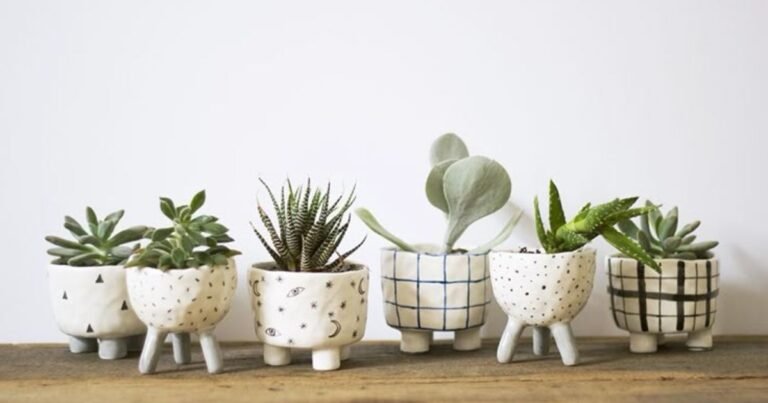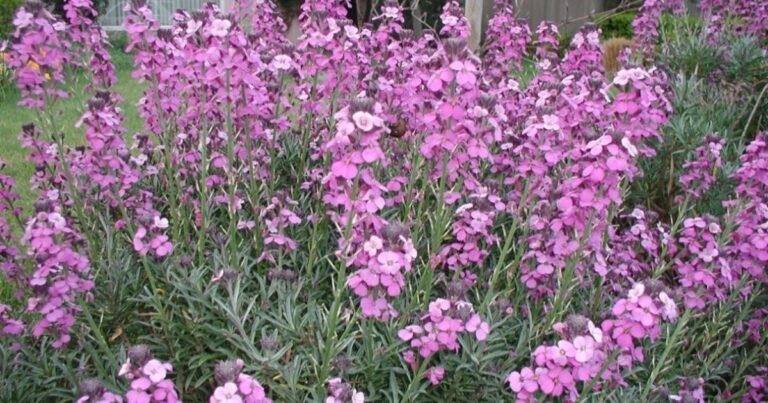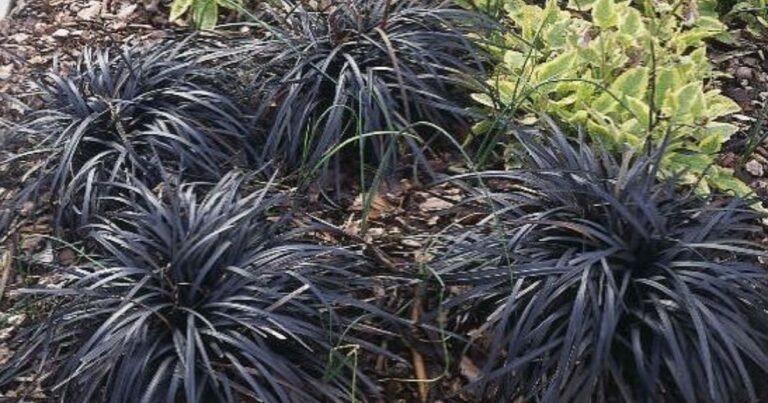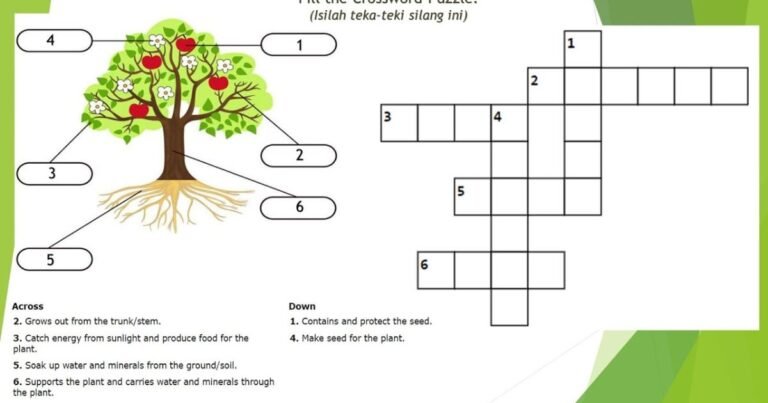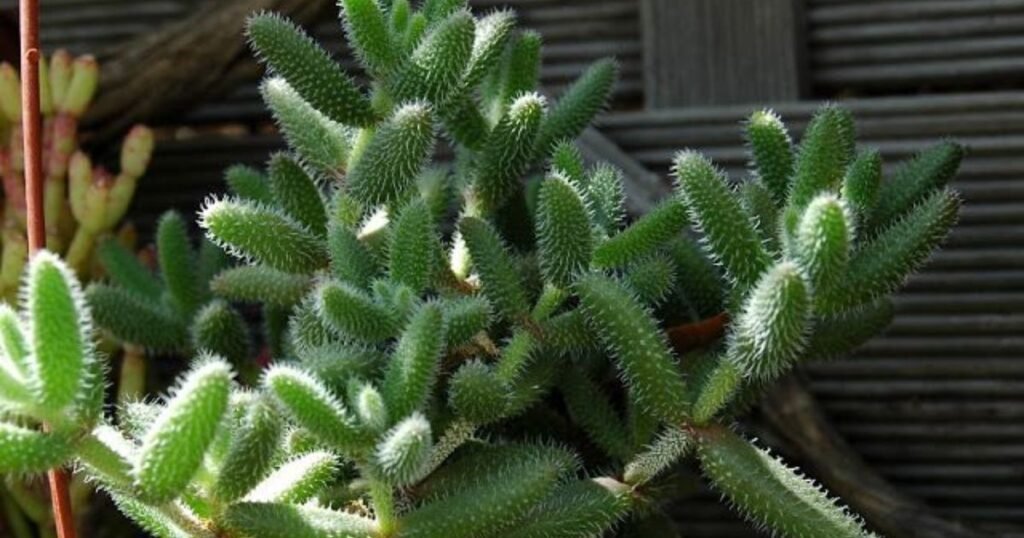
Caption: Pickle plant thrives best in bright light and dry conditions.
The pickle plant (scientific name: Delosperma echinatum) is one of those weird succulents you either instantly fall in love with or stare at sideways. Its fuzzy, green stems look like mini pickles, giving it a quirky edge among more “normal” houseplants. But it’s not just a novelty it’s a living thing that responds to how it’s treated. Like people, plants carry subtle signals, and the pickle plant is no exception.
Why Do Most New Plant Owners Struggle With This Succulent?
If you’ve already brought a pickle plant home, there’s a good chance it’s not doing what you expected. Maybe it’s drooping. Maybe the “pickles” are wrinkled. That’s not your fault. It’s not a cactus, and it’s not your average indoor succulent. It’s somewhere in between.
Most plant blogs slap general succulent care tips on everything. That’s like telling someone with anxiety to “just relax.” It doesn’t help. The pickle plant has very specific needs, and this guide actually listens.
The Pickle Plant Is Not Just a Cute Name — It Has Real Roots
This plant comes from South Africa, where it grows in rocky, dry terrain. Its weird pickle-like stems are actually water storage systems. That means it’s a drought-tolerant succulent plant but still gets fussy if neglected too long. Understanding that it’s built for survival helps you stop over watering it out of guilt.
How to Care for a Pickle Plant Without Killing It?
Watering: Most People Overdo It
It’s a survival plant. Water it when the soil is bone dry. If the “pickles” look squishy or translucent, you’ve drowned it. Always use drainage pots, and never let it sit in a saucer of water. One heavy watering every 10–14 days is usually enough.
Light: This Plant Hates the Shade
Put it in a sunny windowsill. This indoor succulent thrives on bright, direct light. Without enough sun, it stretches, thins, and loses its shape. It’s not a vibe. Think of sunlight as its daily therapy session.
Soil: Don’t Just Grab Any Potting Mix
Use cactus or succulent soil only. If you just pot it in a regular houseplant mix, you’re setting yourself up for rot and heartache. Add perlite or coarse sand if needed.
Container Choice: Big Isn’t Better
Choose a small pot with drainage. It likes being root-bound. That’s another trait that makes this one of the more low-maintenance succulent plants if you get the basics right.
Why the Pickle Plant May Suddenly Collapse?
Let’s get real. You can do everything “right” and still see this plant look sick overnight. The top reasons?
- Too much water :Roots rot fast
- Too little light :Causes drooping
- Sudden temp changes :It hates cold drafts
- Poor soil :Water can’t drain well
Your plant isn’t punishing you, it’s reacting. Like people under stress, it shuts down to survive.
Is the Pickle Plant Good for Mental Wellness?
You’d be surprised. Caring for a weird succulent like this actually trains patience. It won’t bloom or show quick results. But it offers something quieter: the calm repetition of caring for something that only needs the basics light, water, space. That simplicity is healing.
Common Mistakes First-Time Owners Make
- Watering too soon
- Keeping it in dark corners
- Ignoring drainage holes
- Using heavy, wet soil
- Moving it around too much
When to Repot Your Pickle Plant (Don’t Rush It)
Only report every 2–3 years. The plant thrives when slightly root-bound. If roots peek through the bottom, that’s when you consider a bigger pot. Use clean tools and avoid touching the root ball too much.
Is It Pet-Friendly?
It’s not toxic, but not a snack either. Keep it out of reach of curious pets. Those fuzzy spikes may irritate mouths. Treat it like a low-risk houseplant—safe enough, but still best admired from a distance.
Want to Explore More Quirky Houseplants?
Check out One Parish for more guides, plant inspiration, and down-to-earth care tips for unique species like the pickle plant. You’ll find support, not fluff.Thinking of adding a Pickle Plant or other succulents to your space? Don’t miss our guide on how to find the best Patch Plants discount code in 2025 to save on your next greenery haul.
Frequently Asked Questions
Why is my pickle plant shriveling?
Usually caused by overwatering or root rot. Let the soil dry completely before the next watering.
Can you grow pickle plants from cuttings?
Yes. Let cuttings dry for 1–2 days, then plant in well-draining soil and keep slightly moist until roots develop.
Is pickle plant good for beginners?
Yes, it’s beginner-friendly once you understand its light and water preferences.
How big does a pickle plant get?
It usually stays compact, growing about 12 inches tall and wide with proper care.
